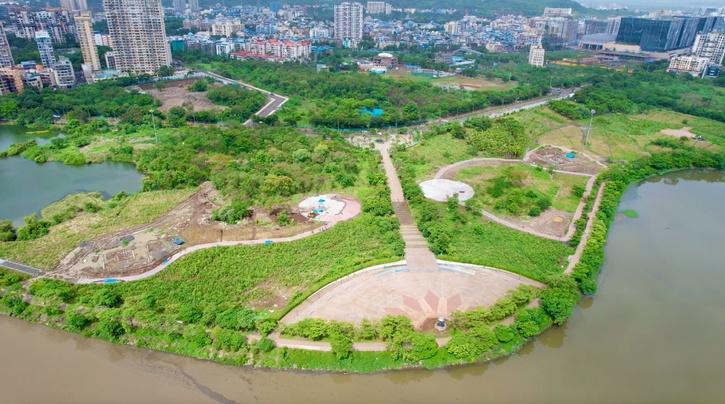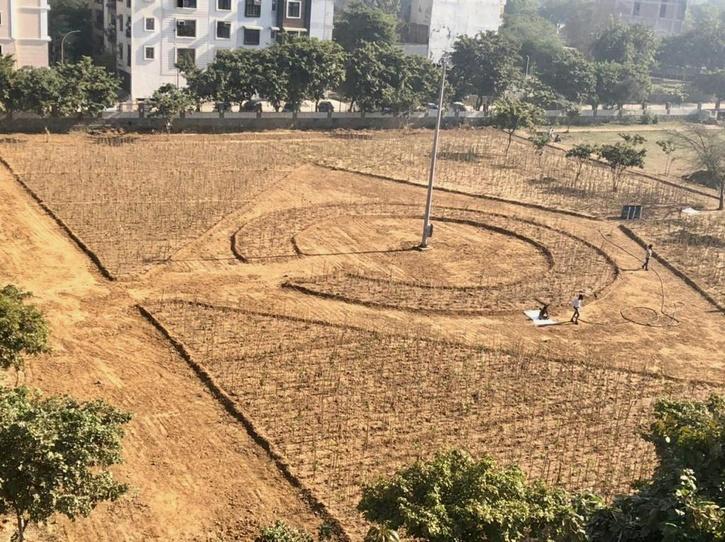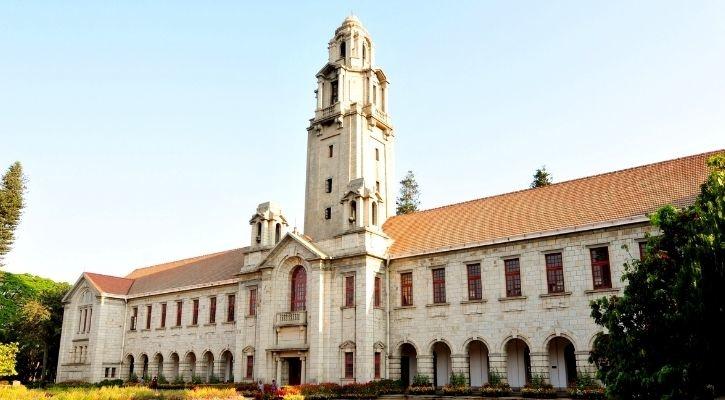Highlights
- The Nisarg Udyan is one of the several tree planting and environmental projects the NGO has successfully executed.
- According to Tripathi, the NGO has planted more than 10 lakh saplings so far.
- Green Yatra also does extensive research on native plants, weather, and topography of the area before deciding which species of trees are planted.
The Nisarg Udyan in Navi Mumbai is now teeming with greenery which was an unimaginable sight just a few years ago.
The lush green Miyawaki forest which has more than 40,000 saplings from 60 native tree species was a dumping ground until not so long ago.

Turning wasteland into forests
The transformation happened last year, when Green Yatra, a Mumbai-based environmental NGO started planting thousands of saplings there, which has now grown into a mini forest.
The Nisarg Udyan is one of the several tree planting and environmental projects the NGO has successfully executed.
They also grew India’s largest Miyawaki forest in Navi Mumbai with over a lakh of trees of indigenous varieties.

How it started
Founded in 2009 by Pradeep Tripathi and Durgesh Gupta, Green Yatra has planted millions of trees and has grown urban forests in cities including Mumbai, Delhi, Hyderabad, and more.

“Our tree plantation projects are focused on the urban space because that is where deforestation has impacted the most. If you look at the hottest and most polluted cities in the world in the past decade, more than 30 out of the top 50 are in India,” Pradeep Tripathi, the co-founder of Green Yatra told Indiatimes.
Tripathi who grew up in a village in Madhya Pradesh came to Mumbai in the early 2000s and during the Ganesh Chaturthi festival, he noticed how idols made of Plaster of Paris were being used by devotees.
In 2008-09 he came up with the idea of the Go Green Ganesha Campaign to encourage the use of eco-friendly Ganpati idols.
After the Ganesh Chaturthi festival, he also took the campaign to the young generation called Go Green Kids to make them aware of environmental issues.

More than 10 lakh saplings so far
Along with the awareness campaigns, Green Yatra also started planting trees. According to Tripathi, the NGO has planted more than 10 lakh saplings so far.
“We do conventional and Miyawaki forest plantation. We also act as consultants for government bodies for their forestation efforts, which are done for free. Under the forest plantation projects, Green Yatra has so far planted more than 10 lakhs saplings,” he said.
Growing saplings with 95% success rate
According to him, long-term care is equally or more important to ensure that the saplings grow into trees.
“It is easy to plant a sapling. But who will take care of it? It takes 2-3 years of regal care and follow-ups to make sure that the saplings are growing into trees. We take care of our plants for around ten years and our success rate is around 95 percent. When we get the land for the forestation we also ensure that the site will not be used for development projects and the trees will not be cut down, and the forest will be there for the generations to come,” Tripathi said.

Extensive research on native plants
Green Yatra also does extensive research on native plants, weather, and topography of the area before deciding which species of trees are planted.
“We have a team of botanists, geologists, ornithologists, and agro scientists who do extensive research on which spices are to be planted. We also look into data available online and with government departments and historic documents on the distribution of vegetation in a particular area. We also visit natural forests in the region to identify the distribution and interdependence of plants there,” he explained.

Focus on Delhi NCR
In Delhi, Green Yatra has already completed five Miyawaki forests, including in Mayur Vihar, Dwaraka, and Sanjay Gandhi Transport Nagar.
“Currently we are working on several projects in Delhi and NCR. We have planted over 2.5 lakh saplings, with a success rate of 95%. This year, Delhi NCR is our focus area and we have set a goal to plant five lakh saplings,” he said.
Impact of urban forests
Green Yatra’s urban forests have started showing how impactful they can be when it comes to preventing pollution and improving the overall air quality.
“We have noticed that the urban forests that we have grown have turned into a micro-ecosystem, with plants, birds, and insects. Other than being a biodiversity hub, the forests play a role in trapping the heat. There is a temperature difference of 2-8 degrees compared to outside the forest. You can also feel that the air is fresher in and around the forest, compared to other places,” he said.

